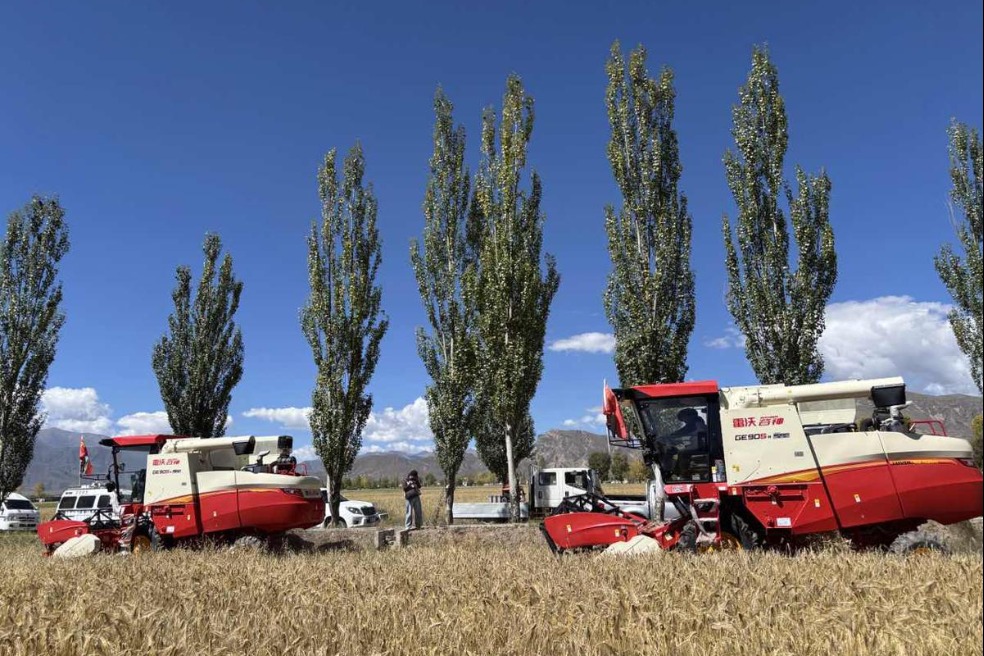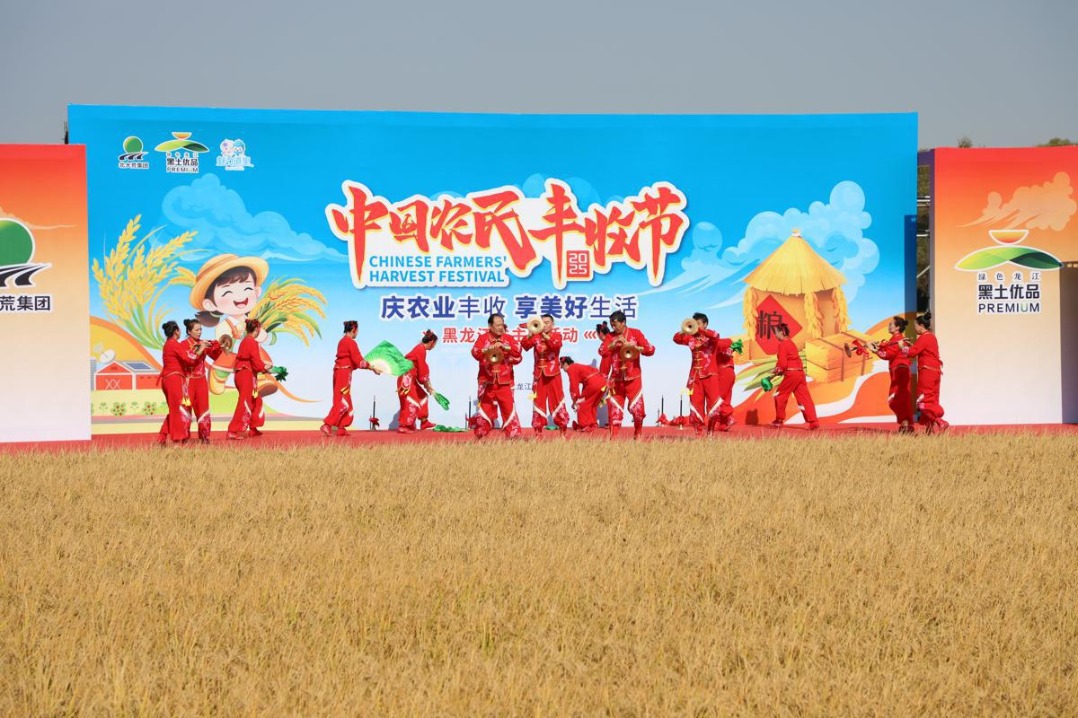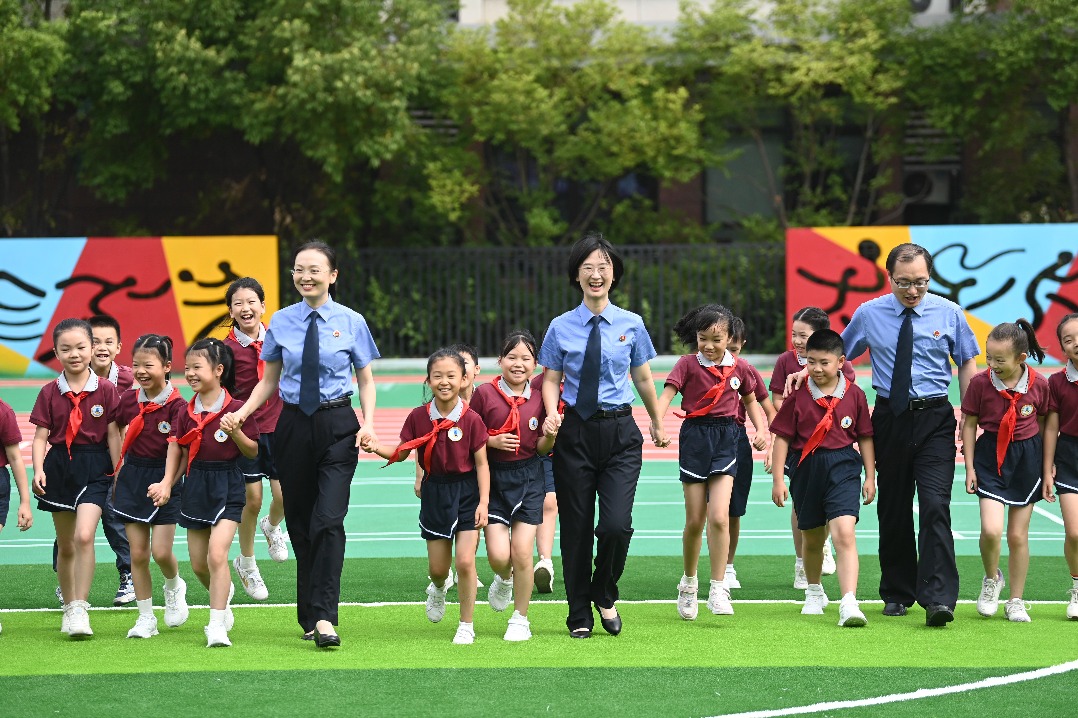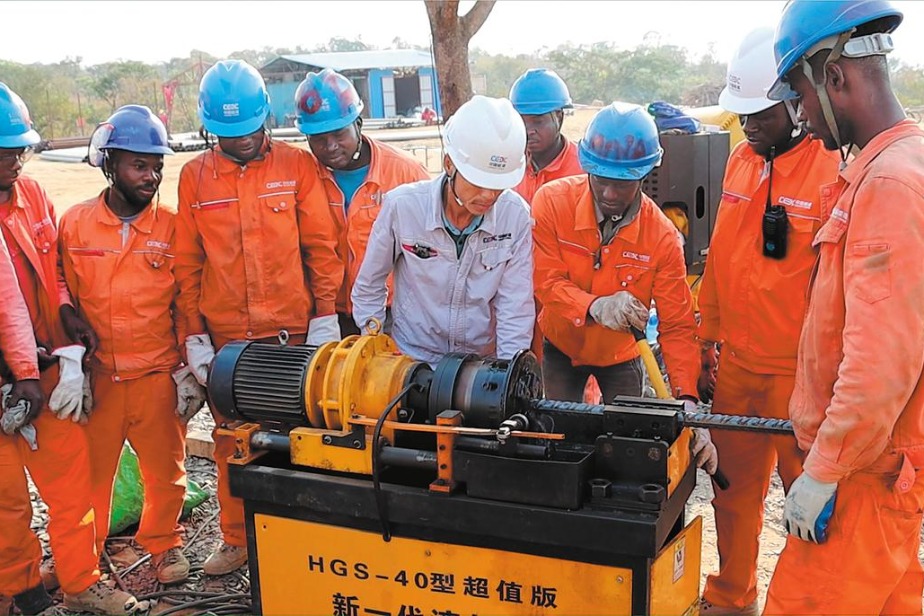High-tech, new energy products buoy trade


Trade is booming at land ports in the Xinjiang Uygur autonomous region, where low-value exports like food and clothing once dominated the convoys heading west.
Now, customs data shows that high-tech and new energy products — from electric vehicles to wind power equipment — are increasingly taking the lead.
In early September, refrigerated trucks loaded with peaches and grapes were lined up at Horgos land port, a major border area in the Ili Kazak autonomous prefecture between China and Kazakhstan.
Between the refrigerated trailers were rows of new cars — mostly electric vehicles — awaiting export to Central Asia and Russia. Oversized flatbeds carried long, white blades for wind turbines, part of a growing push to sell renewable energy equipment abroad.
Li Jiang, deputy head of Horgos Customs, said more than 60 percent of exports through the land port are high-value industrial products. "This is a big change in the trade structure from years ago when the bulk of goods were food, clothing and small goods. Cars, especially new energy vehicles, are now prominent," Li said.
Horgos handled 22.3 million metric tons of cargo in the first half of this year, a 4.3 percent year-on-year increase and a record high among Xinjiang's ports, customs figures show. From January to July, 214,000 vehicles passed through, up 14.6 percent year-on-year, making Horgos China's largest land hub for auto exports.
At Baketu, another port in Tacheng, trade has undergone similar changes. In the early 2000s, the volume of exports started to surpass imports. By 2010, exports dominated trade through the port.
"Back then, we exported basic consumer goods," said Chen Weilong, director of the Tacheng Key Development Zone. "Now, with demand changing in Central Asia, the share of cars, new energy equipment and lithium batteries is increasing."
Chen said the change shows both China's industrial upgrade and its neighbors' appetite for high-end products. "These countries recognize the quality of Chinese goods. New energy vehicles and wind power equipment are in demand, reflecting the region's trust in Chinese manufacturing," he said.
At Sany Heavy Industry's wind power plant in Tacheng, giant turbine blades stretch across the floor of a huge factory. Last year, the facility produced 358 blades worth 1 billion yuan ($138 million), including 54 blades shipped to Kazakhstan. In the first half of this year, 45 blades were exported to Kazakhstan, said Zhao Xusheng, an engineer at the plant.
Each blade is 121 meters long and weighs 40 tons. Previously, shipping from Hunan province to Kazakhstan via Xinjiang cost 600,000 yuan per blade, Zhao said. "Producing them here in Xinjiang saves huge logistics costs and cuts delivery times," he said, adding that orders are continuing to expand.
In Alataw Pass, the busiest rail hub linking China to Europe, exports increasingly include lithium batteries, electronic goods and cars, according to customs official Dou Chenjun.
"This year, lithium battery packs from Chinese companies such as CATL are moving through our comprehensive bonded zone to Europe, showing that our manufacturing level is recognized internationally," Dou said.
Freight volumes rose 4.2 percent year-on-year in the first half of this year to 14.4 million tons, customs data showed.
Li, from Horgos Customs, said a digital system launched last year allows companies to file declarations from their offices, improving clearance efficiency by over 80 percent.
- High-tech, new energy products buoy trade
- Global experts discuss leveraging oasis biosphere reserves to empower sustainability in arid lands
- Para rowers: We shine together
- Xi attends grand gathering in celebration of Xinjiang Uygur autonomous region's 70th founding anniversary
- Xinjiang breaks 2t yuan GDP mark in 2024
- Xinjiang's ice & snow tourism hits new heights





































